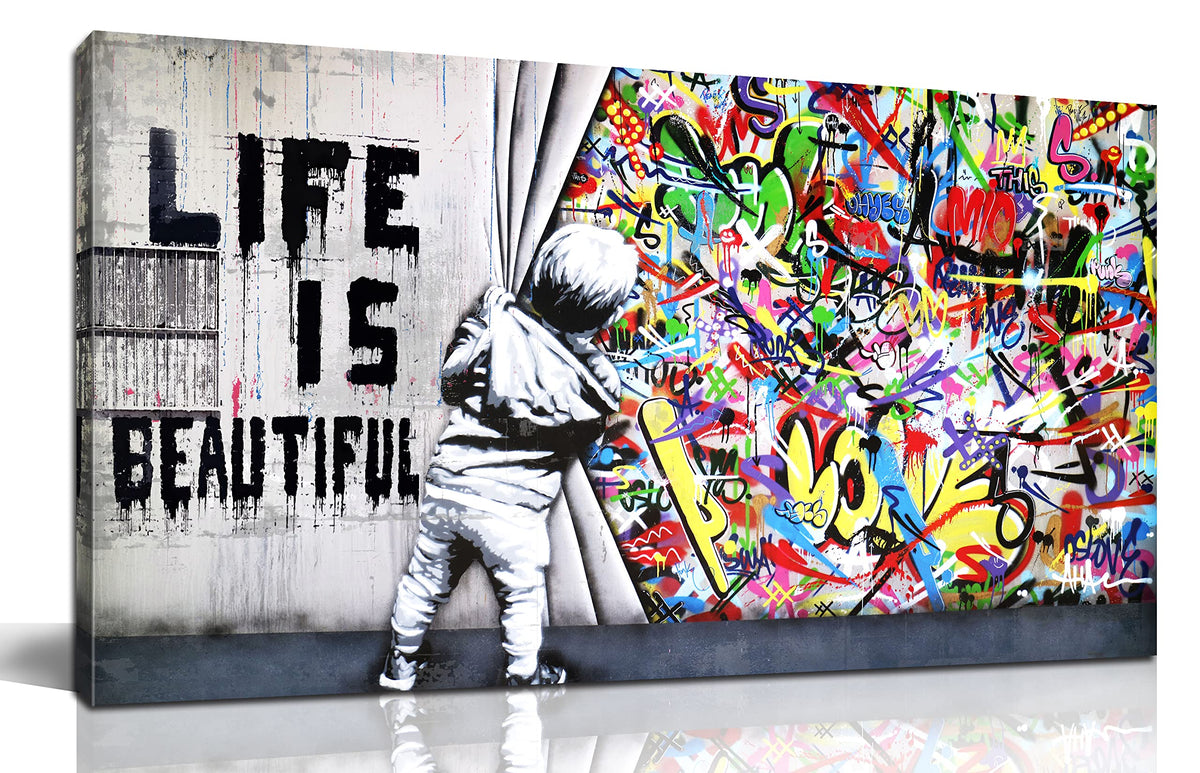
Street Art and Pop Culture: How Graffiti Became High Art
|
Time to read 2 min
EXPERIENCE THE HYPE
|
Time to read 2 min
Street art has come a long way. Once a symbol of rebellion, anonymity, and urban defiance, it’s now revered in galleries, museums, and auction houses worldwide. What was once considered vandalism has evolved into a legitimate form of artistic expression that blurs the lines between the streets and high society. From gritty tags in alleyways to multimillion-dollar artworks, the journey of street art’s transformation into high art is as wild as it is fascinating. Let’s break down how graffiti, a once-controversial subculture, became one of the most influential and culturally significant art forms of the 21st century.
Graffiti’s roots trace back to the urban landscapes of New York City in the late 1960s and early 1970s. Street art began as a way for young people—particularly marginalized communities—to leave their mark on the world, often in the most visible places: subway cars, walls, and street corners. What started as simple tagging (a form of signing one’s name) quickly evolved into intricate murals and designs that conveyed political, social, and personal messages. Street art wasn’t just about the act of painting—it was a statement of rebellion against authority and conformity.
The mainstream narrative of street art was often negative. Graffiti was seen as an act of vandalism, a mark of a ‘bad neighborhood’ or an underground subculture that threatened the establishment. Yet, despite this, street artists began to catch the eye of the art world with their innovative techniques and bold, larger-than-life works that captured the raw energy of urban life. For years, it was mostly ignored by high society—but that was all about to change.
Enter Banksy. This elusive British artist single-handedly catapulted street art into the global spotlight, challenging what art could be and where it could be displayed. Banksy’s provocative works, which often address themes of political activism, capitalism, and human rights, made him a household name. From his stencil art on the streets of Bristol to his politically charged pieces on the walls of the West Bank, Banksy’s art made waves not only for its radical ideas but also for the fact that it was presented in places you wouldn’t expect to see art—on buildings, streets, and in public spaces.
Banksy’s “Girl with a Balloon” became one of the most iconic pieces of modern street art, and his stunt at a 2018 Sotheby’s auction, where one of his works self-destructed after being sold, only added to his mythos as the art world’s greatest disruptor. Banksy proved that street art wasn’t just a passing trend—it was a movement that had the power to change the very fabric of the art world.
Explore Banksy’s latest works and limited-edition prints here to bring some urban grit into your space.
What makes street art so influential is its connection to pop culture. It’s a reflection of the times—an art form that resonates with the youth, social movements, and a growing desire for authenticity in an increasingly commercialized world. Whether it’s through art, music, or fashion, street art continues to serve as a voice for the voiceless, shedding light on social issues, political unrest, and the desire for change.
Today, street art is not only celebrated in galleries but is also part of the global cultural conversation. The intersection of graffiti, fashion, music, and activism has made it one of the most powerful art forms of the 21st century. It’s no longer just about tagging a subway car—it’s about telling a story, sparking a revolution, and reshaping the cultural landscape.